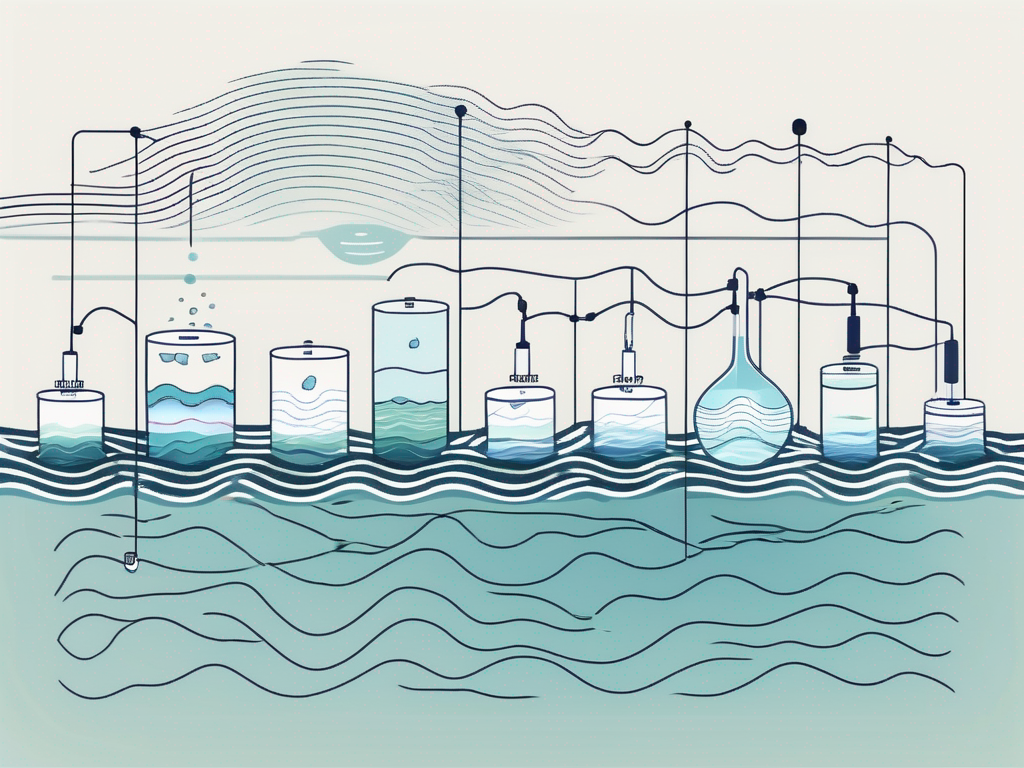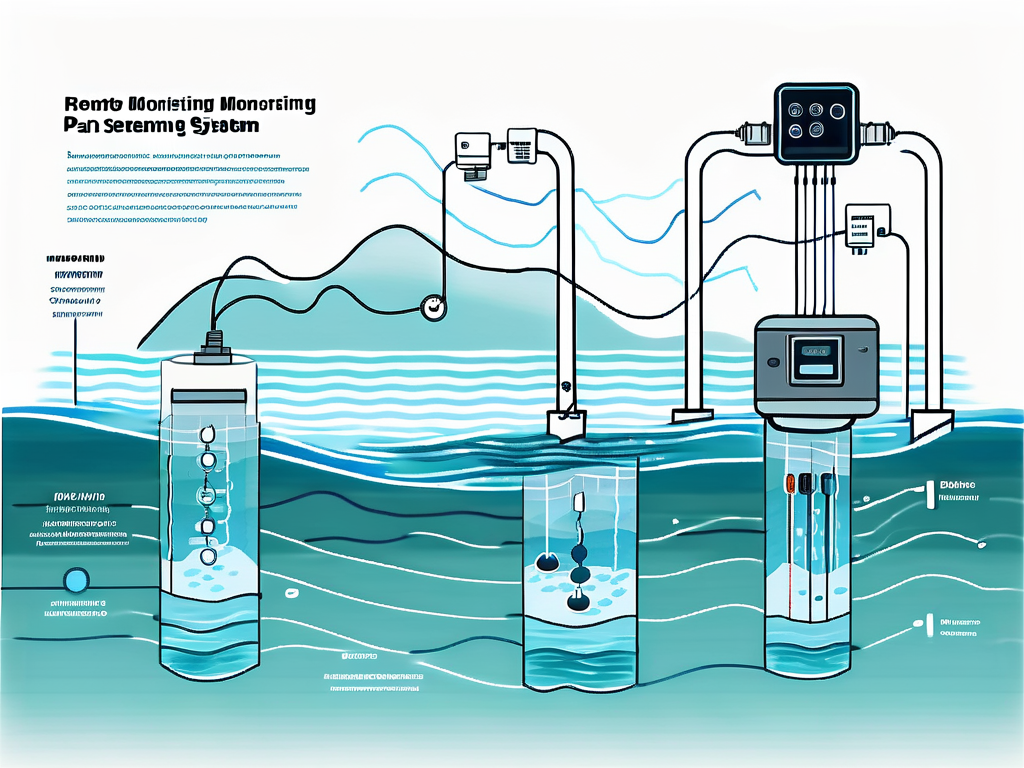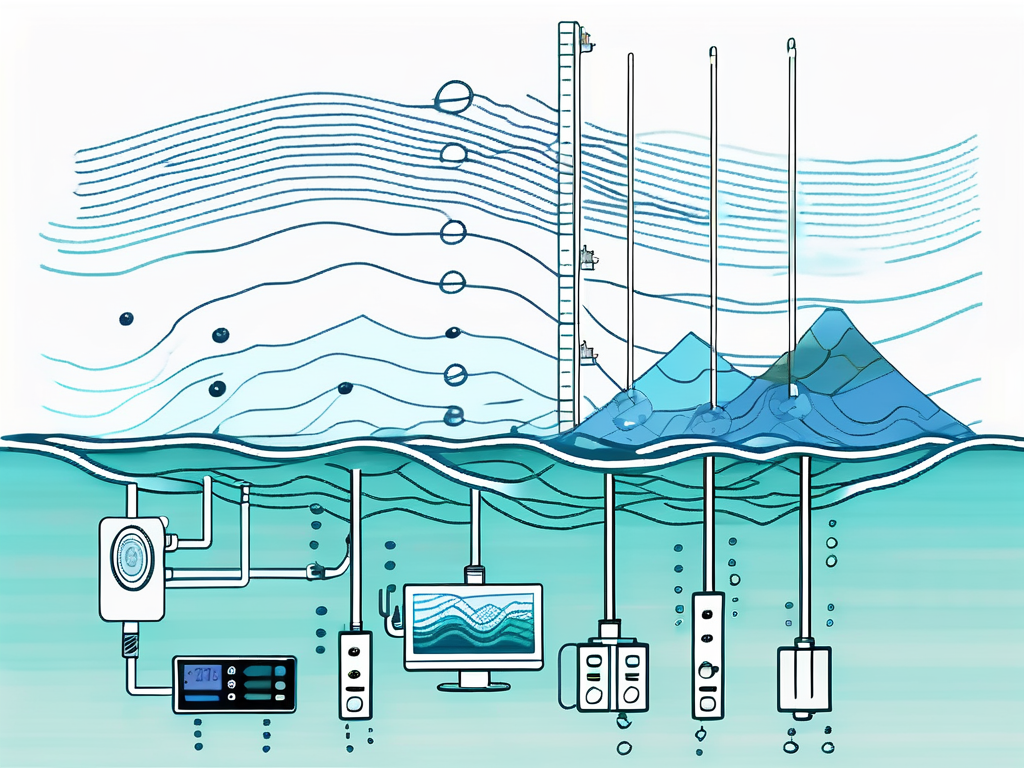
Enhancing Water Quality Through Innovative Remote Monitoring Solutions
In the modern age of technology, the importance of maintaining and optimizing water quality cannot be overstated. With the advent of remote monitoring systems, this task has become more manageable and efficient than ever before. These systems offer a plethora of benefits, from real-time data collection to predictive analytics, all aimed at ensuring the highest standards of water quality.
Understanding Remote Monitoring
Remote monitoring is a technology that allows for the collection and analysis of data from a distance. This is achieved through the use of sensors and devices that are capable of transmitting data to a central location for analysis. In the context of water quality, remote monitoring systems can measure various parameters such as pH, temperature, turbidity, and dissolved oxygen levels, among others.
These systems are designed to provide real-time information, enabling immediate action in case of any anomalies or deviations from the standard parameters. This not only ensures the maintenance of optimal water quality but also helps in preventing any potential issues that could arise due to poor water quality.
The Role of Remote Monitoring in Water Quality Optimization
Real-Time Data Collection and Analysis
One of the primary benefits of remote monitoring systems is the ability to collect and analyze data in real-time. This is particularly important in the context of water quality, where changes can occur rapidly and without warning. By continuously monitoring water parameters, these systems can provide immediate alerts in case of any deviations, allowing for prompt corrective action.

Additionally, real-time data collection and analysis also enable a more comprehensive understanding of the water body being monitored. This can be particularly useful in identifying trends and patterns, which can in turn aid in the development of effective water management strategies.
Predictive Analytics
Another significant advantage of remote monitoring systems is their ability to utilize predictive analytics. By analyzing historical and real-time data, these systems can predict potential issues before they occur. This not only allows for proactive management of water quality but also helps in mitigating the impact of any potential issues.
For instance, if the system detects a gradual increase in the level of a certain contaminant, it can alert the relevant authorities before the contaminant level reaches a critical point. This can significantly reduce the risk of water contamination and ensure the maintenance of optimal water quality.
Implementing Remote Monitoring for Water Quality Optimization
Choosing the Right Sensors
The first step in implementing a remote monitoring system for water quality optimization is choosing the right sensors. These sensors should be capable of accurately measuring the parameters that are relevant to the water body being monitored. For instance, if the water body is prone to algal blooms, the sensors should be capable of detecting changes in parameters such as pH and dissolved oxygen levels, which are indicative of algal activity.

Additionally, the sensors should also be durable and reliable, capable of withstanding the conditions of the water body. This includes factors such as temperature, pressure, and corrosive elements.
Setting Up the System
Once the appropriate sensors have been chosen, the next step is setting up the remote monitoring system. This involves installing the sensors in the water body and connecting them to the central monitoring system. The sensors should be installed in locations that are representative of the overall water conditions to ensure accurate data collection.
The data collected by the sensors is then transmitted to the central monitoring system, where it is analyzed and interpreted. This system can be located onsite or offsite, depending on the specific requirements of the project.
Conclusion
Remote monitoring systems offer a powerful tool for optimizing water quality. By providing real-time data collection and analysis, these systems enable proactive management of water quality, ensuring the highest standards are maintained. With the added benefit of predictive analytics, potential issues can be identified and addressed before they become critical, further enhancing the effectiveness of these systems.
Implementing a remote monitoring system for water quality optimization requires careful consideration of the sensors and system setup. However, with the right planning and execution, these systems can significantly enhance water management strategies, contributing to the overall health and sustainability of our water resources.
